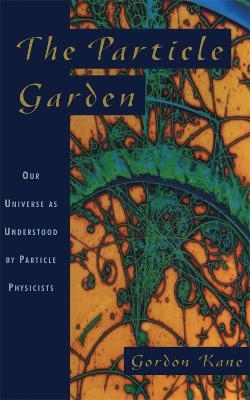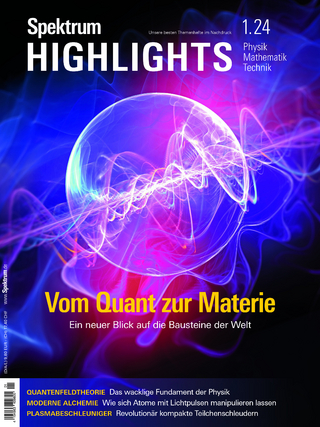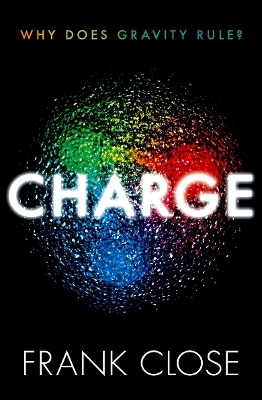
The Particle Garden
Perseus Books (Verlag)
978-0-201-40826-3 (ISBN)
Gordon Kane is an internationally acclaimed particle physicist at the University of Michigan in Ann Arbor. He is a popular public lecturer and the author of The Particle Garden.
* What Are We Made Of?: Atoms and protons have structure, but perhaps quarks and leptons do not, they are the basic constituents of natureand us. * A Brief History of Particle Physics: We learned how to understand nature by starting with the simplest details, describing them mathematically, experimenting, and formulating a theory. * Doing Particle Physics: The care and feeding of a particle physicist centers around education, funding, communication, and equipment * The Standard Theory: The quarks and leptons, the interactions among them mediated by photons, gluons, and other particles, and the rules to calculate the outcomes of the interactions, together make up the Standard Theory of particle physics. * Experimental Facilities: Large facilities are needed to get data to learn about particles and their interactions * The Experimental Foundations of the Standard Theory: Here are the key experiments, test, and predictions and postdictions that provide the foundations of the Standard Theory * What Do Physicists Mean By We Understand: Even if we know the particles things are made of the forces that bind the particles together and cause interactions, and the rules to calculate the behavior of particles, there are additional aspects of understanding. * Higgs Physics: Higgs bossons or some related physics is essential to complete the Standard Theory and will be the clue to how to extend it. * The Standard Theory Will Be Extended: In spite of its great success in describing and integrating what is presently known about particles and their interactions, the Standard Theory is not the final answer. * Supersymmetrythe Next Breakthrough?: Perhaps supersymmetry leads to unification, helps explain the Higgs physics, accounts for the (cold) dark matter of the universe, and helps connect particle interactions to gravity. * How Much Unification? Is There A Limit to Understanding?: Today experimental and theoretical research toward more unification is the main activity of many particle physicists. Although unification may occur at energies or distances that we cannot directly probe, there are many ways to test ideas about unification, and even to test ideas about promising superstring-based theories of everything. * Particle Physics, Astrophysics, and Cosmology: There is increasing overlap among particle physics, astrophysics, and cosmology. * Understanding a Flower: How is particle physics related to the rest of physics and to the world we live in?
| Erscheint lt. Verlag | 2.7.1996 |
|---|---|
| Verlagsort | Boulder |
| Sprache | englisch |
| Maße | 128 x 205 mm |
| Gewicht | 256 g |
| Themenwelt | Naturwissenschaften ► Physik / Astronomie ► Hochenergiephysik / Teilchenphysik |
| ISBN-10 | 0-201-40826-0 / 0201408260 |
| ISBN-13 | 978-0-201-40826-3 / 9780201408263 |
| Zustand | Neuware |
| Haben Sie eine Frage zum Produkt? |
aus dem Bereich


